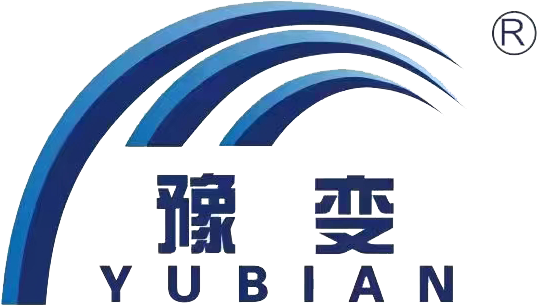0102030405
Resin-insulated Dry-type Transformer SCB18-2000/10
Dry transformer is a kind of power transformer different from oil-immersed transformer, oil-immersed transformer is the use of transformer oil for insulation and heat dissipation, but the insulation material of dry transformer is mostly the insulation formed by epoxy resin pouring.
1. Iron Core
(1) Iron core structure. The iron core of the dry transformer is a magnetic circuit part, which is composed of two parts: an iron core column and an iron yoke. The winding is packaged on the core column, and the yoke is used to close the entire magnetic circuit. The structure of the core can generally be divided into two categories: core type and shell type. The core is characterized by an iron yoke against the top and bottom of the winding,but does not surround the side of the winding; Shell core is characterized by an iron yoke that surrounds not only the top and bottom sides of the winding, but also the sides of the winding. Because the core structure is relatively simple, the winding layout and insulation are also relatively good, so China's power dry transformers mainly use core, only in some special dry transformers (such as electric furnace dry transformer) to use shell core.
(2) Iron core material. Because the iron core is the magnetic circuit of the dry type transformer, its material requires good magnetic permeability, and only good magnetic permeability can make the iron loss small. Therefore, the iron core of the dry transformer is made of silicon steel sheet. There are two kinds of silicon steel sheet: hot rolled and cold rolled steel sheet. Because the cold-rolled steel sheet has higher permeability and smaller unit loss when magnetizing along the rolling direction, its performance is better than that of hot-rolled steel sheet, and domestic dry transformers all use cold-rolled steel sheet silicon steel sheet. The thickness of domestic cold rolled steel sheet is 0.35, 0.30, 0.27mm and so on. If the sheet is thick, the eddy current loss is large, and if the sheet is thin, the lamination coefficient is small, because the surface of the silicon steel sheet must be coated with a layer of insulating paint to insulate the sheet from one piece to another.
2. Winding
The winding is the circuit part of a dry-type transformer, which is generally made of insulated enameled, paper-wrapped aluminum or copper wire fired.
According to the different arrangement of high and low voltage windings, the windings can be divided into concentric and rhomboid. For concentric windings, in order to facilitate the insulation between the winding and the core, the low-voltage winding is usually placed close to the core column: for overlapping windings. To reduce the insulation distance, the low-voltage winding is usually placed close to the yoke.
3: Insulation
The main insulating materials inside dry transformer are dry transformer oil, insulating cardboard, cable paper, corrugated paper and so on.
4. Tap Changer
In order to supply stable voltage, control power flow or adjust load resistance current, it is necessary to adjust the voltage of dry transformer. At present, the method of voltage adjustment of dry-type transformer is to set tap on one side of the winding to cut or increase a part of the winding turns to change the number of turns of the winding, so as to achieve the method of graded voltage adjustment by changing the voltage ratio. The circuit in which the winding is drawn and tapped for voltage regulation is called voltage regulation circuit; The switch used to change the tap to adjust the pressure is called the tap switch. In general, the next step is to draw the appropriate tap on the high voltage winding. This is because the high voltage winding is often set outside, leading to the tap is convenient, secondly, the high voltage side current is small, the current carrying part of the tap lead and the tap changer is small, and the direct contact of the switch is also more likely to be manufactured.
The voltage regulation of the secondary side of the dry transformer without load resistance, and the primary side is also disconnected from the power grid (no power excitation), is called the voltage regulation without excitation, and the voltage regulation with load resistance for conversion winding tapping.











